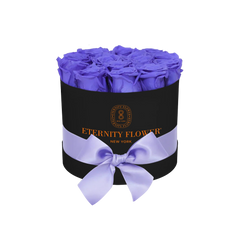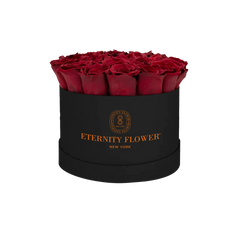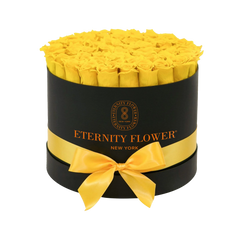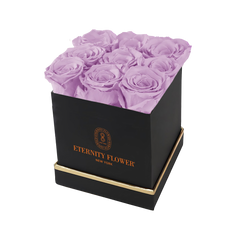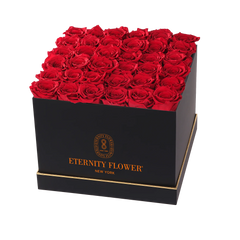Embark on a journey through time where tradition blossoms and beauty is more than what meets the eye. Here, delve into the tapestry of a culture where a single flower holds a world of significance, standing as a testament to an enduring legacy. The tapestry woven is one of deep reverence, where petals symbolize perfection and the very essence of a nation’s soul. As the story unfolds, discover why this elegant bloom has captured hearts and remained a cherished emblem throughout centuries.
Amidst the changing seasons, the significance of this revered bloom transcends mere aesthetics, embedding itself in the fabric of daily life and royal ceremony alike. It's a narrative that invites one to look beyond the surface, to see the values and philosophies reflected in its delicate petals. The journey through the layers of meaning is a path of discovery, offering insights into a heritage where nature and symbolism are intricately intertwined.
Emblems of the Imperial Family

Standing proudly as a cultural icon, this bloom graces the crests of emperors and dignitaries, a mark of high esteem and reverence. The very sight of it conjures images of grandeur and continuity of lineage, a motif that has adorned royal thrones and garments through the ages. It's a symbol deeply woven into the fabric of governance and national identity, signifying purity, longevity, and the eternal cycle of life.
In the quiet corridors of power, it whispers tales of a legacy that stretches back through generations. Its presence is a silent proclamation of authority and a gentle reminder of the delicate balance between beauty and power. The bloom stands not just for the natural order of things, but for an order that has been maintained with grace and dignity by those who bear its image.
Read More: Poppy Flower Meaning: Myths and Legends Explored
A Festive Bloom

With the arrival of autumn, the celebration of this flower becomes a national event, reflecting its standing in the heart of tradition. Festivals dedicated to its beauty and significance are a common sight, where admiration for the bloom is shared among young and old. It’s a time when the community comes together to honor the past and celebrate the present, an annual rendezvous marked by joy and reflection.
These festivities are more than mere tradition; they are a vibrant testament to the ongoing relevance of the flower in contemporary culture. They knit together the fabric of society, reminding all of the shared heritage and the beauty that comes with it. In the laughter and camaraderie, the spirit of the nation is reflected, as is the pride in a symbol that has stood the test of time.
Read More: Iris Flower Meaning: What's Behind the Bloom?
Artistic Inspirations

Beyond the gardens and festivals, the influence of this symbolic bloom reaches into the realms of art and literature. Its form and essence inspire artists, poets, and craftsmen, urging them to capture its beauty and what it represents. In the strokes of a brush and the lines of a poem, the flower lives on, a muse for those who seek to convey the complexities and subtleties of existence.
Its meaning is layered in the tapestries of history, with each depiction offering a new interpretation, a fresh perspective on a familiar theme. The artistic renderings are a dialogue between creator and observer, an exchange that transcends language and time. Through these creative expressions, the heritage is preserved and celebrated, ensuring that the message of the flower continues to resonate.
Read More: Lotus Flower Meaning: A Guide to Its Symbolism
Culinary and Medicinal Uses

Beyond the visual splendor, the applications in cuisine and healing arts reveal a practical appreciation for this botanical marvel. The petals, imbued with flavor and health-giving properties, find their way into dishes and teas, adding a touch of elegance and wellbeing. It’s an embodiment of the philosophy that beauty can nourish, and that what pleases the eye should also benefit the body.
In the hands of healers and chefs, it transforms from a static symbol to a dynamic ingredient, playing an active role in the maintenance of health and the art of hospitality. These practices are a nod to the wisdom of ancestors, a tradition of utilizing natural resources in a way that honors their intrinsic value. Thus, the bloom’s narrative extends from the ornamental to the functional, a testament to its versatile place in the culture.
Read More: Lily Flower Meaning: Spiritual Insights and Symbolism
A Symbol for All Seasons

Throughout the cycle of the year, the flower remains a constant, adapting its role to suit the occasion. In times of joy, it is a harbinger of happiness; in moments of sorrow, it offers solace and a reminder of the impermanence of suffering. The seasonal shifts see the bloom in various roles, each as significant as the last. It’s a floral chameleon, changing its meaning with the calendar, yet always maintaining its core symbolism.
In the quiet of winter or the exuberance of summer, the flower’s meaning is unwavering, a beacon of consistency in a world of change. Its ability to embody different aspects of life makes it a companion through the journey of the year, a symbol that is both a guide and a reflection of the human experience within the context of nature’s rhythm.
Read More: Daisy Flower Meaning in Different Cultures
Conclusion
As the exploration of this storied bloom concludes, the depth and richness of its symbolism are undeniable. Each petal carries the weight of history and the whispers of ancestors, a botanical chronicle of a nation's journey through time. The story is one of beauty interwoven with purpose, a cultural narrative captured within the confines of a garden’s treasure.
Finally, it stands as a living emblem, a botanical bridge between past and future, carrying the essence of a heritage that continues to flourish. It is more than just a flower; it is a cultural beacon, guiding through the mist of time, its petals a compass pointing towards an understanding of the human condition as reflected through the prism of nature’s masterpiece.





